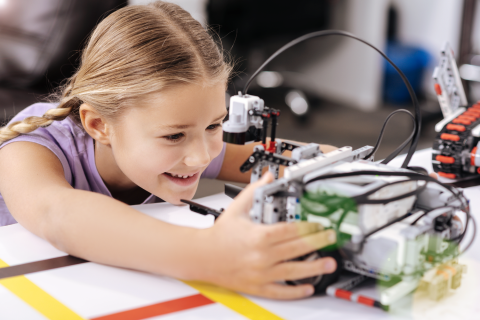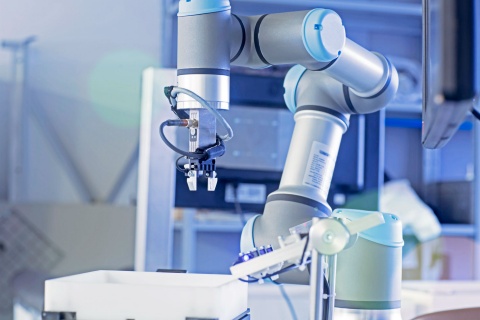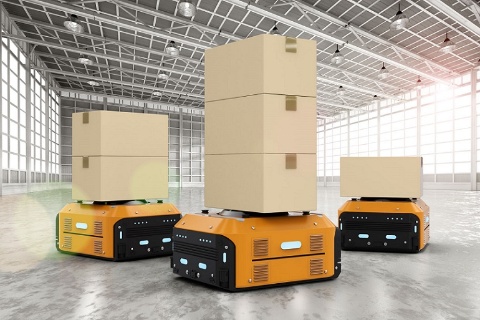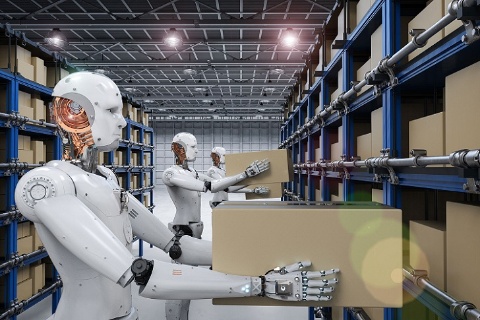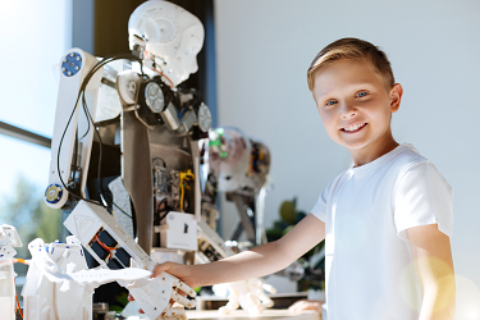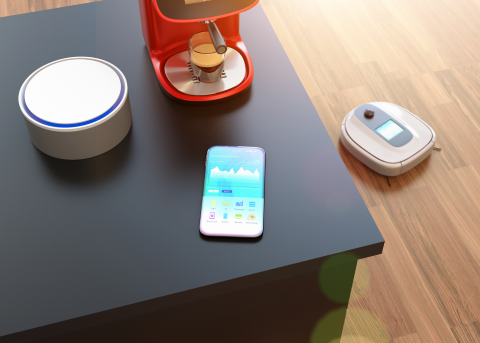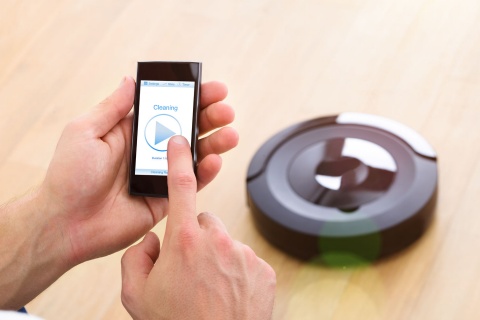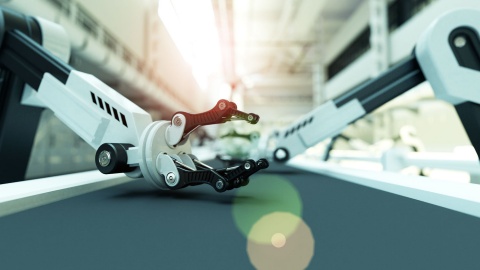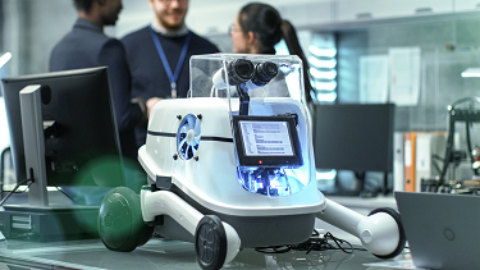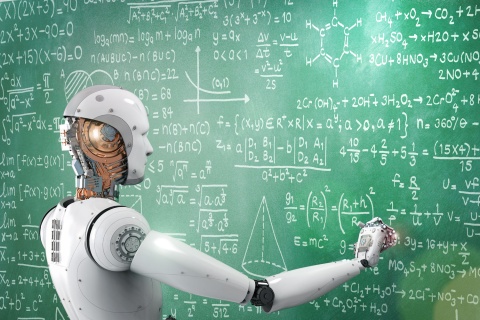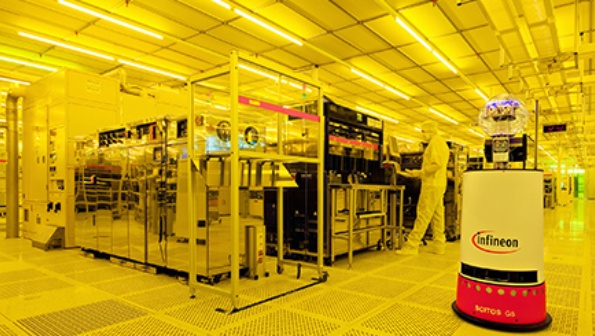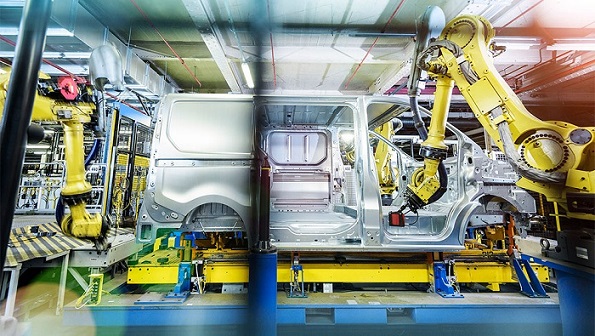When robots are used in industrial production, workplace safety measures ensure that humans are protected. These measures include adequate safety distances between humans and machines, safety barriers, photoelectric barriers, and scanners in monitored zones. The safety precautions also include emergency switches on the robot and its ability to recognize collisions with objects and humans and to respond appropriately. This applies especially to cobots.
With these newer industrial robots, there are no separating safety devices in certain working areas. Other technical safety measures are used instead. For example, if a person is several meters away, the robot operates in normal mode. If the person gets closer, from a defined threshold, the robot slows down. If the person is very close and there is just a one-meter gap, it stops.
With newer systems, ToF (Time of Flight) technology is used. This technology uses 3D camera systems that measures distance based on time of flight. The surroundings are illuminated with a modulated light source. For each pixel, the camera measures the time that the light needs to reach an object and be reflected, which is then used to calculate the distance of each pixel to the object in question. Radar sensors are also used in this area. In this case, movements are detected on the basis of electromagnetic waves in the radio frequency range. Safety for humans can also be increased by combining several redundant technologies.


